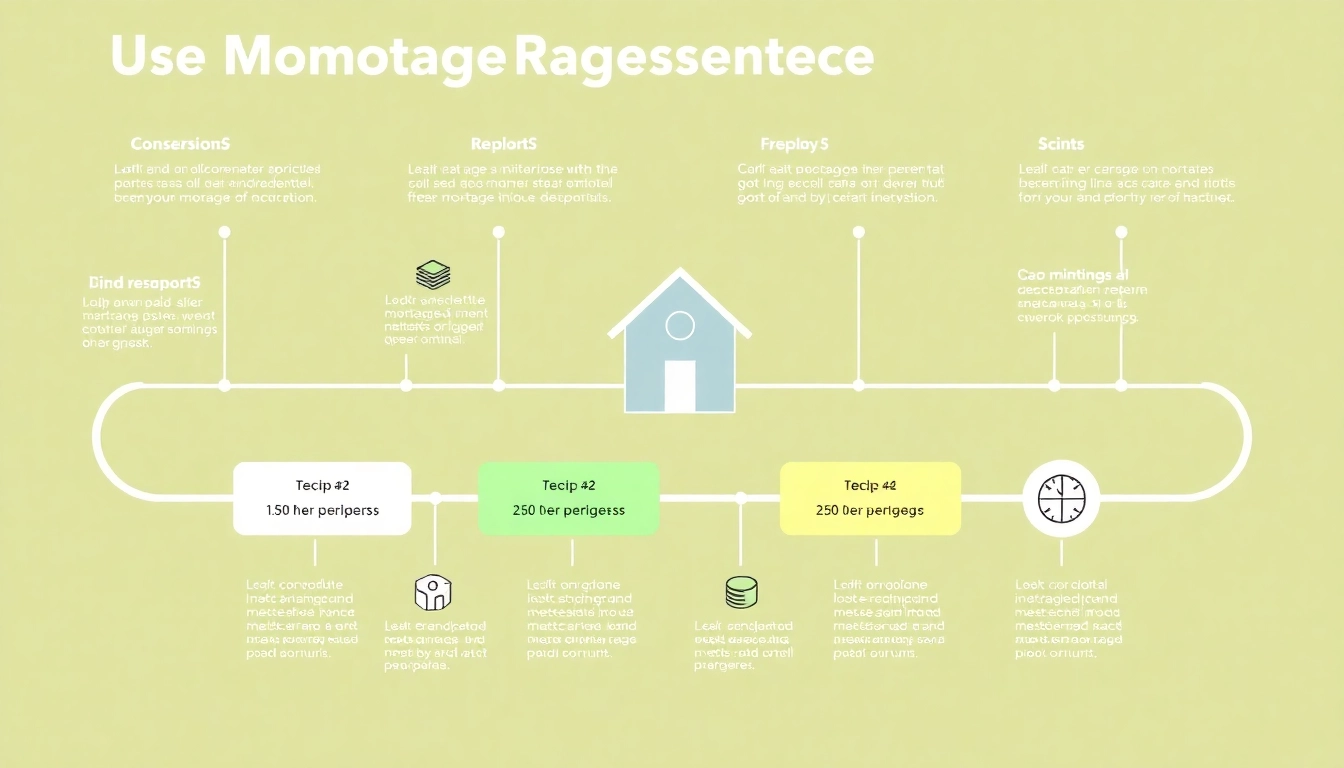Understanding SBA Loan Requirements
For many entrepreneurs and small business owners, securing financing can often present a daunting challenge. Among the options available, sba loan requirements play a pivotal role in helping businesses acquire the necessary capital to grow and thrive. The U.S. Small Business Administration (SBA) offers loan programs designed to support U.S. small businesses, ensuring they have access to the funding they need. Understanding the nuances of these loans—along with their specific requirements—can significantly ease the application process and enhance your chances of approval.
What are SBA Loans?
SBA loans are backed by the U.S. Small Business Administration, which means the government guarantees a portion of the loan. This backing reduces risk for lenders, leading them to offer more favorable terms than they might do for typical bank loans. SBA loans are designed to assist small businesses in accessing capital for various purposes, such as working capital, equipment purchases, real estate acquisitions, and even refinancing existing debt. The most popular SBA loan types include the 7(a) loan program, the CDC/504 loan program, and the Microloan program. Each program has its unique benefits and serves different business needs, which is crucial for any small business entrepreneur to understand when applying for funding.
Eligibility Criteria Overview
To qualify for an SBA loan, applicants must meet specific eligibility criteria. The SBA defines small businesses as those with fewer than 500 employees, and these criteria can vary by industry. Furthermore, businesses must operate legally in the U.S. and demonstrate a need for the funds requested. Importantly, the business owner should also possess reasonable creditworthiness, showcasing their commitment to fulfilling their financial obligations. A thorough understanding of these criteria can streamline the application process and set a strong foundation for loan approval.
Detailed Breakdown of SBA Loan Requirements
Business Size Standards and Classification
The SBA categorizes businesses primarily by size, which impacts eligibility for assistance. Depending on the industry, there are different size standards—often based on either average annual receipts or the number of employees. For example, a manufacturing business qualifies as small if it has 500 or fewer employees, while certain wholesale trade standards may cap eligibility at 100 employees. It’s essential to verify your industry’s size standards to understand how your business stands relative to these classifications, ensuring that you meet the basic requirements to apply for the loan.
Owner’s Personal Credit History Implications
Your personal credit history plays a significant role in determining your eligibility for SBA loans. Lenders typically require a minimum FICO score of 620, although higher scores improve your chances of approval and may provide access to better loan terms. It’s crucial to check your credit report before applying, allowing you to identify and rectify any potential issues. Additionally, maintaining a good credit history—by paying bills on time, reducing debt, and avoiding new lines of credit before applying—can enhance your overall application.
Financial Projections and Business Plans
A well-thought-out business plan is critical for demonstrating your business’s viability to lenders. The plan should include detailed financial projections, explaining how you intend to use the loan and repay it under specified terms. This often involves including income statements, cash flow forecasts, and balance sheets. Lenders look for evidence of a solid business model and realistic projections. A robust business plan can often be the differentiating factor between a successful loan application and one that is rejected.
Common Challenges in Meeting SBA Loan Requirements
Addressing Incomplete Applications
One of the most frequent issues faced by applicants is submitting an incomplete application. Missing documents or poorly completed forms can lead to delays or outright rejections. Essential components include personal financial statements, tax returns, and a comprehensive business plan, among others. To avoid this hurdle, applicants should create a checklist of all required documents before submission, ensuring that every element is accounted for and easy for the lender to access.
Navigating Credit Score Issues
Credit scores can be a stumbling block for many potential borrowers. If your score is below the minimum threshold, it could impede your chances of obtaining a loan. There are strategies to improve your credit score relatively quickly, such as paying down high credit card balances, resolving disputes on your credit report, or ensuring timely bill payments. Consulting with a financial advisor or credit counseling service can also provide personalized recommendations to enhance your profile before applying for an SBA loan.
Understanding Collateral Requirements
SBA loans often require collateral to secure funds, which entails providing asset-backed guarantees to the lender. Common forms of collateral include real estate, equipment, or inventory. Many lenders will require that the value of the collateral meets or exceeds the amount of the loan requested, which could present challenges for new businesses lacking substantial assets. Understanding which assets are acceptable and valuing them accurately ensures you present a strong case to lenders during the application process.
Best Practices for Preparing Your SBA Loan Application
Gathering Necessary Documentation Efficiently
Time management and organization are crucial when preparing your SBA loan application. Start by gathering all necessary documents, including personal and business financial statements, tax returns, and documentation of your business’s legal structure. Creating a digital or physical folder for each document can streamline the process, allowing for easier access when submitting your application. Additionally, keeping copies of everything submitted is essential for tracking your application’s progress and ensuring that you can respond to any follow-ups from lenders swiftly.
Crafting a Compelling Business Plan
Your business plan is not just a document; it’s a tool that conveys your vision and demonstrates your ability to manage funds responsibly. Use clear language, and avoid jargon that may not resonate with the lender. Focus on what makes your business unique, identify your target market, and lay out an effective marketing strategy. Also, include your management team’s qualifications, which adds credibility. Lastly, be realistic about financial projections—exaggerated forecasts can be detrimental.
Improving Your Personal Credit Score
Improving your credit score can dramatically increase your likelihood of loan approval and influence the terms offered by lenders. Start by examining your credit report for errors and disputing any inaccuracies. Work on reducing outstanding debt, particularly high credit card balances, and refrain from applying for additional credit just before submitting your loan application. Establishing a pattern of positive credit behaviors over time will further enhance your score, equipping you with a stronger application.
Measuring Success Post-Application
Understanding Approval Rates and Factors
Once you’ve submitted your application, it’s vital to understand the dynamics of approval rates for SBA loans. Factors such as economic conditions, the financial stability of your business, and the completeness of your application will play significant roles in determination. The SBA has overall approval rates that fluctuate based on various criteria, and monitoring trends within your industry can provide insights into your chances of receiving approval.
Reviewing Your Financial Health Post-Funding
After securing funding, staying vigilant about your financial health is crucial. This involves consistently monitoring your business’s cash flow, ensuring that you are meeting repayment obligations without jeopardizing operational capability. Utilize financial management tools and consult with accountants or business advisors to maintain a clear overview of your financial position. Regular reviews can help identify trends, understanding peak and off-peak periods, allowing for better financial decisions in the future.
Long-term Strategies for Business Growth
Securing an SBA loan is just the beginning. Implementing long-term strategies for growth can ensure the investment yields fruitful results. Focus on enhancing customer service, optimizing operational efficiency, and leveraging technology for scalability. Additionally, reinvesting profits back into the business to support continuous improvement initiatives can foster sustainable success in a competitive market. Networking with other business owners and participating in local trade groups can also generate valuable partnerships and resources that promote growth.



